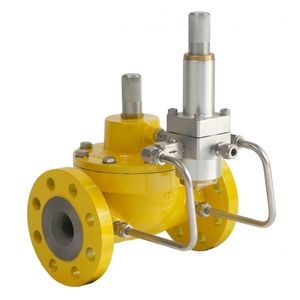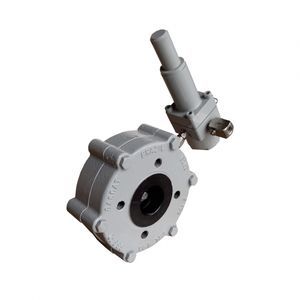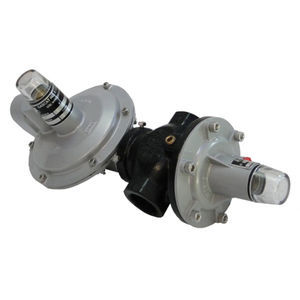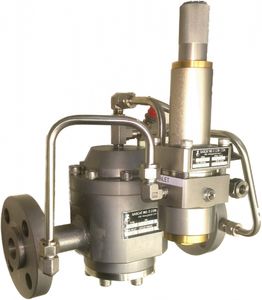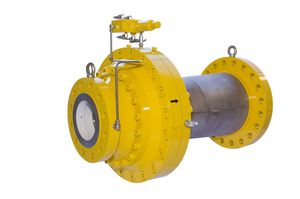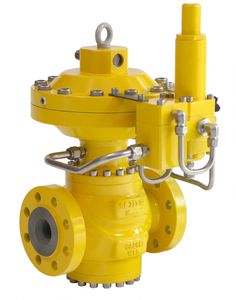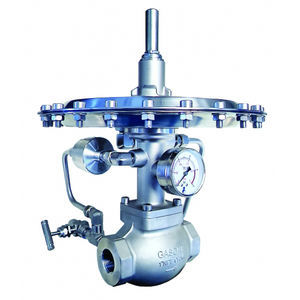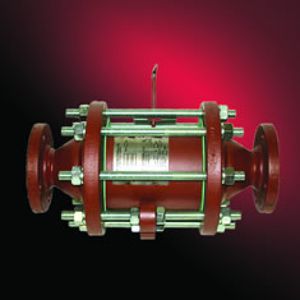
Natural gas pressure regulator Brise Nfor hydrogenspringsingle-stage

Add to favorites
Compare this product
Characteristics
- Product
- for hydrogen, for natural gas
- Technology
- spring
- Number of stages
- single-stage
- Material
- brass, stainless steel, iron
- Applications
- industrial, low-pressure
- Other characteristics
- for high flow rates, flange
- Pressure
Min.: 0.02 bar
(0.29 psi)Max.: 1.5 bar
(21.76 psi)- Orifice diameter
1 in, 2 in, 3 in
- Temperature
Min.: -10 °C
(14 °F)Max.: 60 °C
(140 °F)
Description
The Brise N is a spring direct actuation pressure regulator designed to work along low set pressures and high gas flow capacity to be used in industrial and commercial applications. One of the main applications is the pressure regulating at the burners' racks (trains) that dernand quick response, even In hlgh flow variation conditions. Normally in these cases beyond the quick response another demand is very low lock up. Usually, for bhese applications are installed solenoid valves with ciosed position less than one second; so the pressure regulator needs to be this
kind of perforrnance; otherwise many operational problems can occur.
The Brise N pressure regulator has an internal balanced valve allawing low lock up even with high inlet pressures variations, so it can be used with natural gas, LPG or others kind of non corrosive gases. Due to its toughness and simplicity, the maintenance is fast and easy and due to its design be a top entry modet, it is not necessary take the body out of installation ta be repaired.
Materials:
Seals: Buna N
Connections:
Thread female NPT / BSP or Flange ANSI 150#RF / DIN PN 16
Other connections and sizes under consult.
Applications
Combustion
Catalogs
No catalogs are available for this product.
See all of Gascat‘s catalogsRelated Searches
- Valve
- Hand valve
- Stainless steel valve
- Valve with flange
- Regulating valve
- Lever control valve
- Stop valve
- Electric valve
- Pressure limiter
- Single-stage regulator
- Valve for the chemical industry
- Nickel-plated brass valve
- Industrial regulator
- Carbon steel valve
- Radial diaphragm valve
- DIN valve
- ANSI valve
- Electrically-operated valve
- Diaphragm pressure regulator
- Metal pressure regulator
*Prices are pre-tax. They exclude delivery charges and customs duties and do not include additional charges for installation or activation options. Prices are indicative only and may vary by country, with changes to the cost of raw materials and exchange rates.


